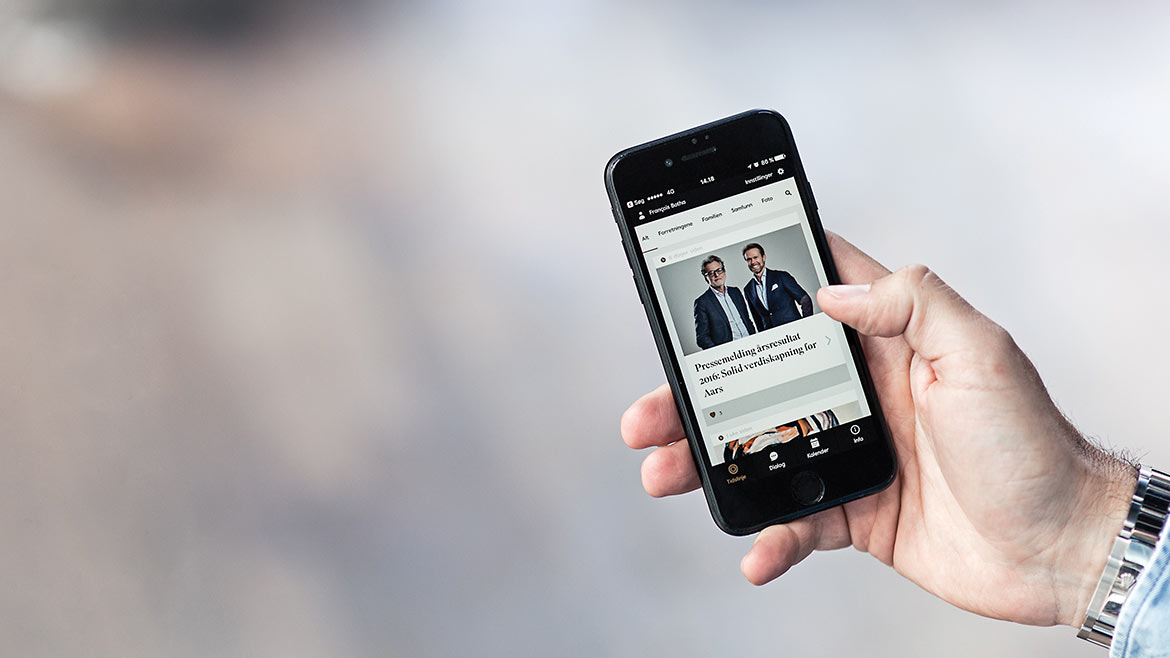The Big, Bad Wolf: Online Advertising


After multiple years as your CBT marketing columnist, what better way to retire my column than by tackling the big, bad wolf: online advertising. It’s a booming industry, with good reason. It delivers the ability to reach anybody, but not just anybody — the exact someone you want to do business with. It’s more trackable than any other marketing medium and easy to modify, scale up, scale down, or scale off with a click of a button.
Online advertising can be all kinds of things, from email marketing to social media. But for our purposes, let’s discuss placing ads online. You can place ads through Google, on social media, on other company’s websites and email newsletters. We’ll start with the biggie.
Google ads, AdWords, and pay-per-click advertising.
According to Define Media Group, an audience research firm, Google accounts for 93 percent of search traffic. You can place ads through Google AdWords on the search and display networks. Also called “pay-per-click” ads, the search platform shows your website link when people search for key terms related to your industry. This is great to capture website visitors who are ready to buy. With pay-per-click, as you might imagine, you only pay when people click on your ad. Advertisers pay $1 to $2 per click on average, but some pay more than $50 per click, depending on the competition for the key terms they’re targeting.
Alternatively, the Google Display Network serves ads to people based on demographic data such as age, interest, and more to brand your business and get in front of new potential customers. Average cost per click on the display network ranges from $0.20 to $1.66, depending upon the industry.
Both Google networks ask you to set a per-day budget. Google serves your ads based on your budget and past ad performance.
Social media advertising.
Facebook, Twitter, Pinterest, LinkedIn, and Instagram all offer options for online advertising. You can target your ad to homeowners, job titles, business names, location, interests, even email addresses. People with a low ad budget (less than $5 per day) may be restricted to pay per impression ads, meaning your ad will be served a set number of times regardless of clicks, while those with a larger budget can serve pay per click ads. According to AdEspresso, the average cost per click of Facebook Ads in 2016 was 27.29 cents. The cost per 1,000 impressions in the same period was $7.19.
Retargeting.
A retargeting ad is triggered to display only to visitors who have been to your website. People are 10 times more likely to click on a retargeting ad than a normal ad, and after clicking on a retargeting ad website, visitors are 70 percent more likely to contact you or buy something from your website. You spend so much money bringing traffic to your website, it seems crazy not advertise to them once they leave.
These ad types can be set up as pay-per-click or pay-per-impression. Google, Facebook, LinkedIn, Twitter, Instagram, and Pinterest all offer retargeting ad options.
Affiliate email newsletter and website ad placement.
Referrals are the best kind of business. Advertising on an affiliate email newsletter or website is a great way to encourage the referral system online. You can run ads on the email newsletters and websites of organizations or companies you work with who share your target audience. This is a valuable advertising opportunity — your brand is seen in conjunction with a brand the audience already knows and trusts. Consider creating a graphic ad or even asking if you can contribute content to their email newsletters.
Which is right for your business?
The trick to picking the right online advertising medium to reach your market is finding one that gives you the most exposure for your budget. You may start out with trading for ad space on a client’s newsletter and eventually venture into pay-per-click ads. Overall advice: Don’t be scared of the big, bad wolf. Tackle him and invite him to tea. All marketing is a calculated risk. You can’t win if you don’t play, and you won’t know if you’re winning if you don’t measure your results.
The story ends, but the saga continues.
Thank you to all of you who read my articles these past years for your comments and support. It’s rewarding to know my marketing tales stuck a chord and hopefully inspired braver and more confident marketing decisions.
Although I’m retiring as the CBT marketing columnist, you can still get a dose of my marketing mojo at mayecreate.com/blog. The other MayeCreaters and I serve up new marketing musings with all the fixin’s each week. (Subscribe to our email and those little bundles of joy can arrive right in your inbox!).
Monica Pitts is the chief creative director of MayeCreate Design.


